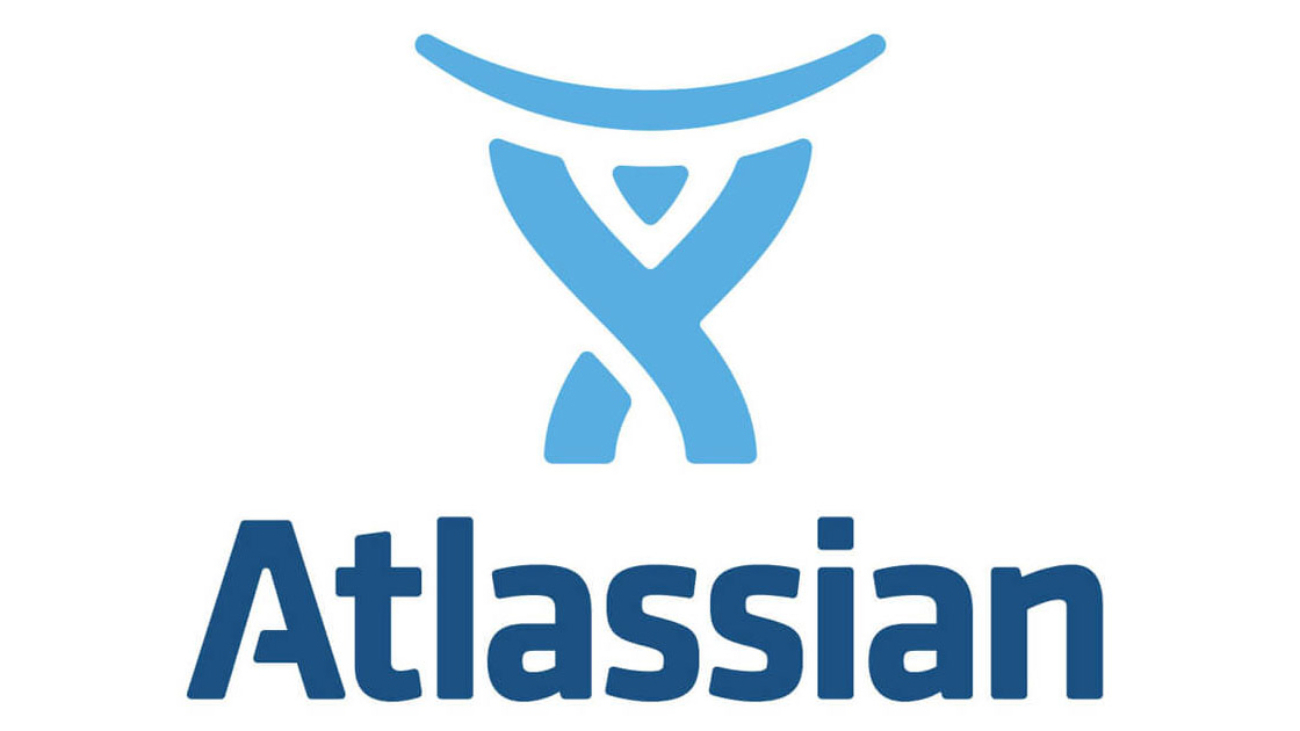 Australian enterprise software vendor Atlassian have just published some impressive results for the last quarter:
Australian enterprise software vendor Atlassian have just published some impressive results for the last quarter:
Atlassian’s active customer count was up 27 percent in its fiscal second quarter as the company topped sales and earnings expectations.
The company, which makes team collaboration, project tracking and productivity software, reported a net loss of $1.7 million in the second quarter, or a penny a share, on revenue of $148.9 million, up 36 percent from a year ago.
The 27% rise in active customers included some notable names:
We added 3,164 net new customers during the quarter, including online home-furnishings retailer Wayfair, the U.S. subsidiary of auto-manufacturer Porsche, Japanese life insurance company Mitsui Life, Australian financial services provider Latitude Financial Services, aerospace manufacturer Goodrich, travel IT solutions provider TravelSky, digital design consulting services provider Fjordnet, online travel agency Kiwi.com, and the city government of Buenos Aires.
 Then there’s the company’s recent announcement of plans to acquire of Trello and its visual workplace collaboration tools.
Then there’s the company’s recent announcement of plans to acquire of Trello and its visual workplace collaboration tools.
Atlassian’s sales model (to focused development and IT teams, then to the wider business) has always been interesting, and continues to seem at odds with the approach taken by the larger collaboration software players (though Slack is definitely following a similar route). Ben Thompson commented along these lines in today’s Stratechery subscriber-only Daily Update newsletter:
In fact, though, Atlassian’s approach of selling to teams, not to CIO’s, is not only the future of enterprise software (and one fully embraced by Slack, amongst others), the company itself is very much making a bid to own the most compelling part of that future: the layer that ties everything together. The big question in a cloud-based future is which companies, at which layer, tie together the various parts of the enterprise stack; those that own identity have an inside track, but so do those who own files or communication. Atlassian has a play in all those areas, and a business model to match.
Looking at these results, and Slack’s own growth, it appears as though Atlassian’s model is one that continues to help fuel their success.
All told, after a few years where the relatively gradual organic growth of its HipChat, JIRA and Confluence solutions have been less than headline-grabbing, it seems as though Atlassian is one enterprise collaboration software vendor that is all set to make strong progress in 2017.


I must say I was a little surprised that Atlassian’s sales were so strong. Our own company has invested heavily in products like Jira and Confluence from our very beginning. During 2016 we migrated from HipChat to Slack after it became clear Atlassian was no longer investing in the product. Having seen what happened when IBM stopped investing in Notes we didn’t want to find ourselves building a social platform centered around a white elephant. I can only hope Atlassian doesn’t just focus on acquisitions for growth but also invests to keep innovating the products it already has.
I can understand that position, Peter, and agree that it certainly had seemed that HipChat had begun to stagnate badly – particularly in terms of 3rd-party integrations.
The strong results surprised me as well, especially the new logos they’ve won, hence the reason for blogging them here. We’ll have to see how the next few sets go…